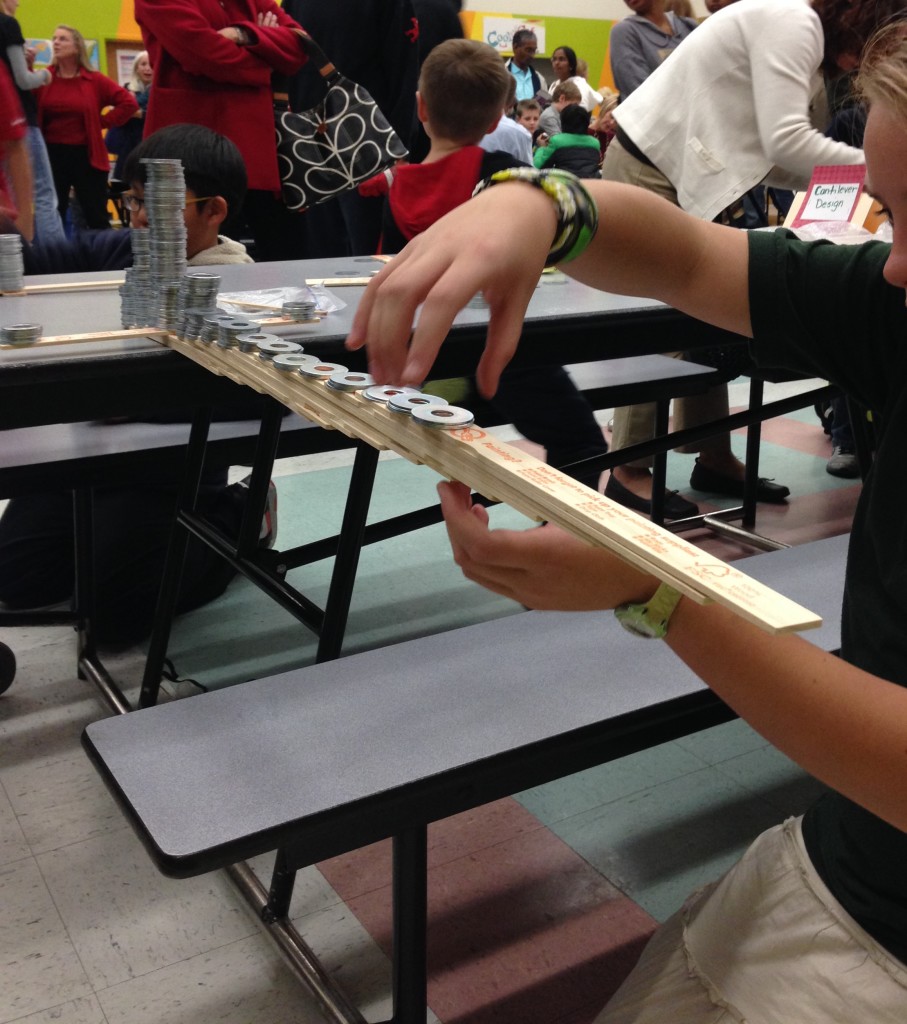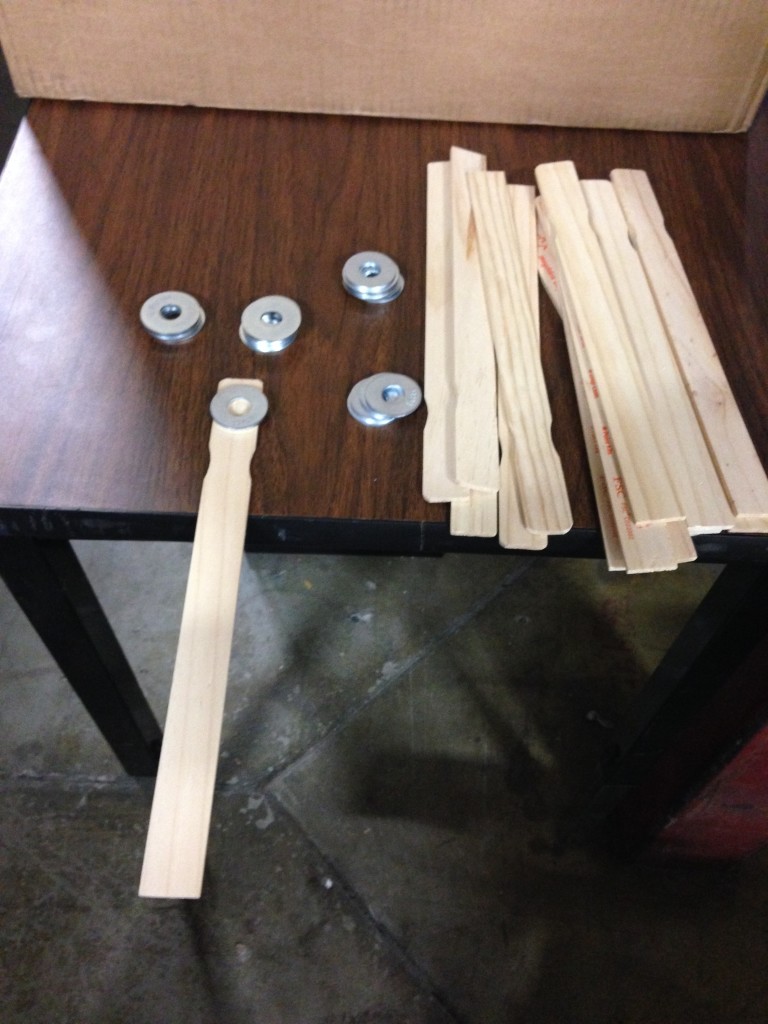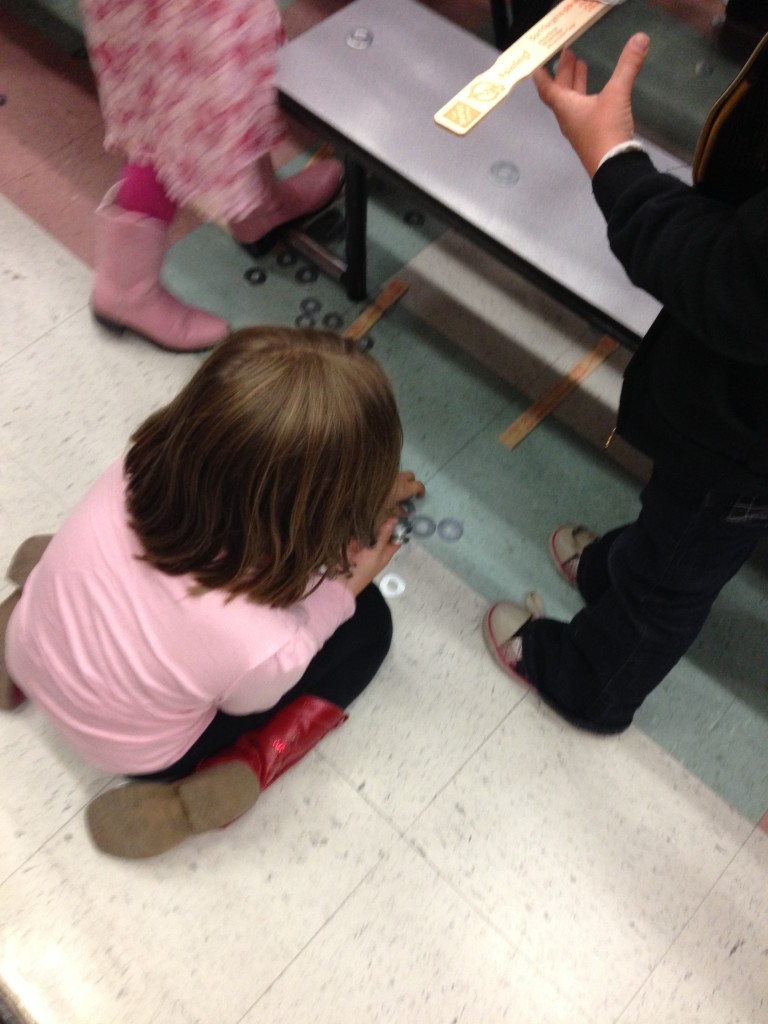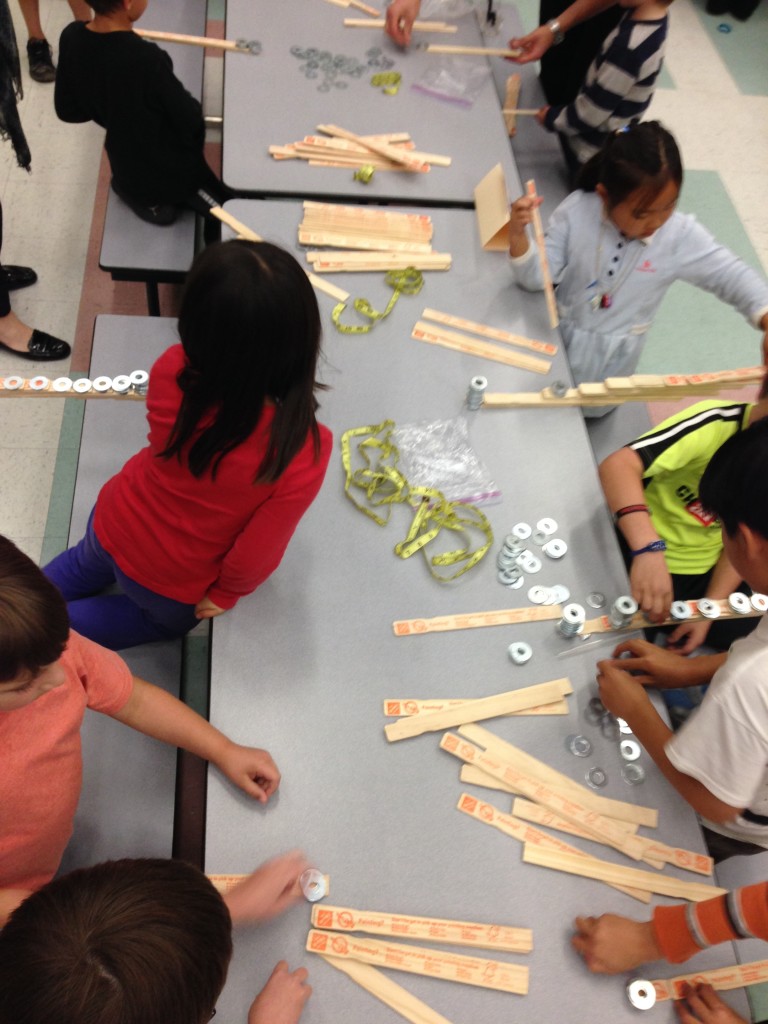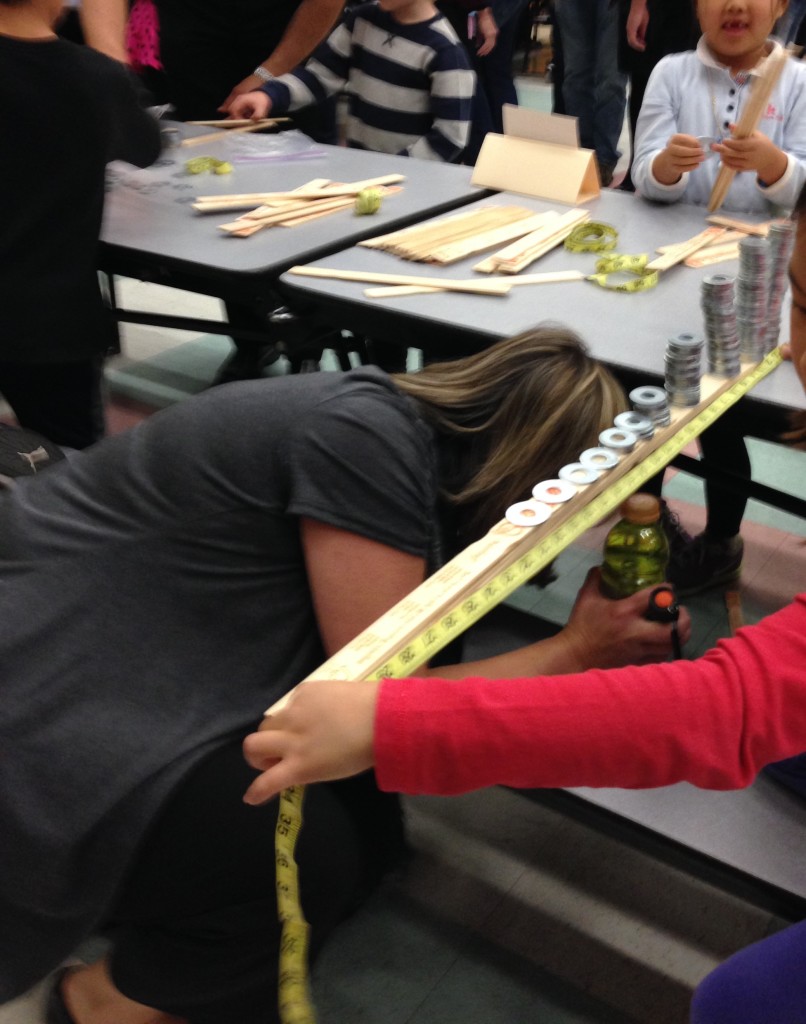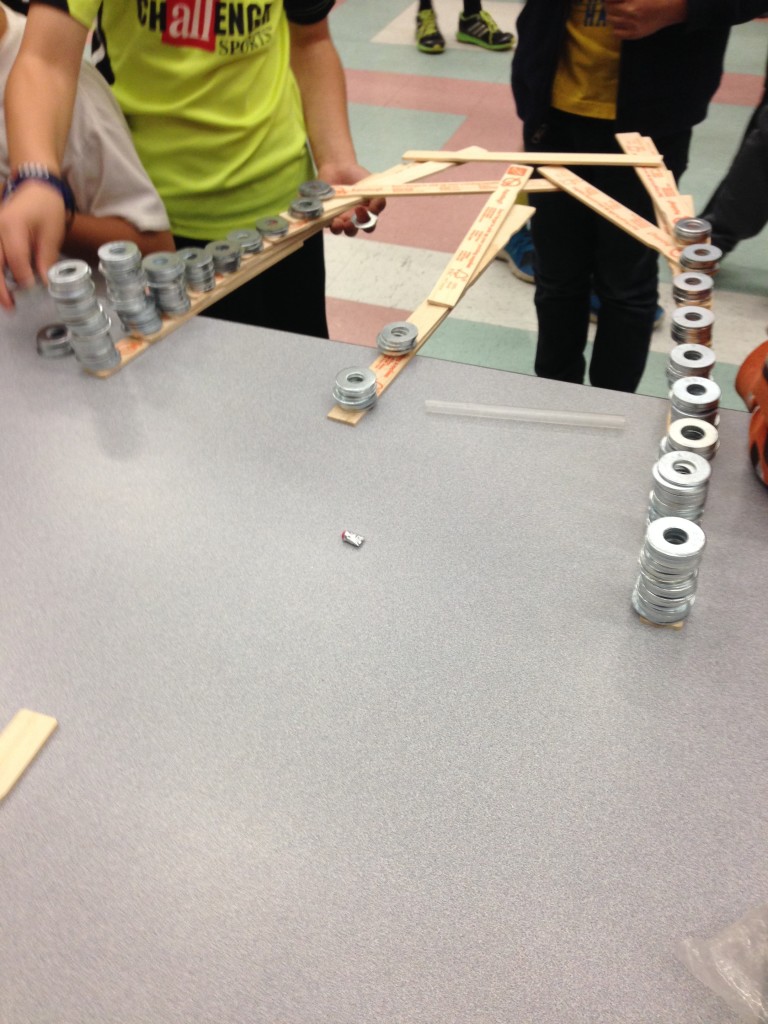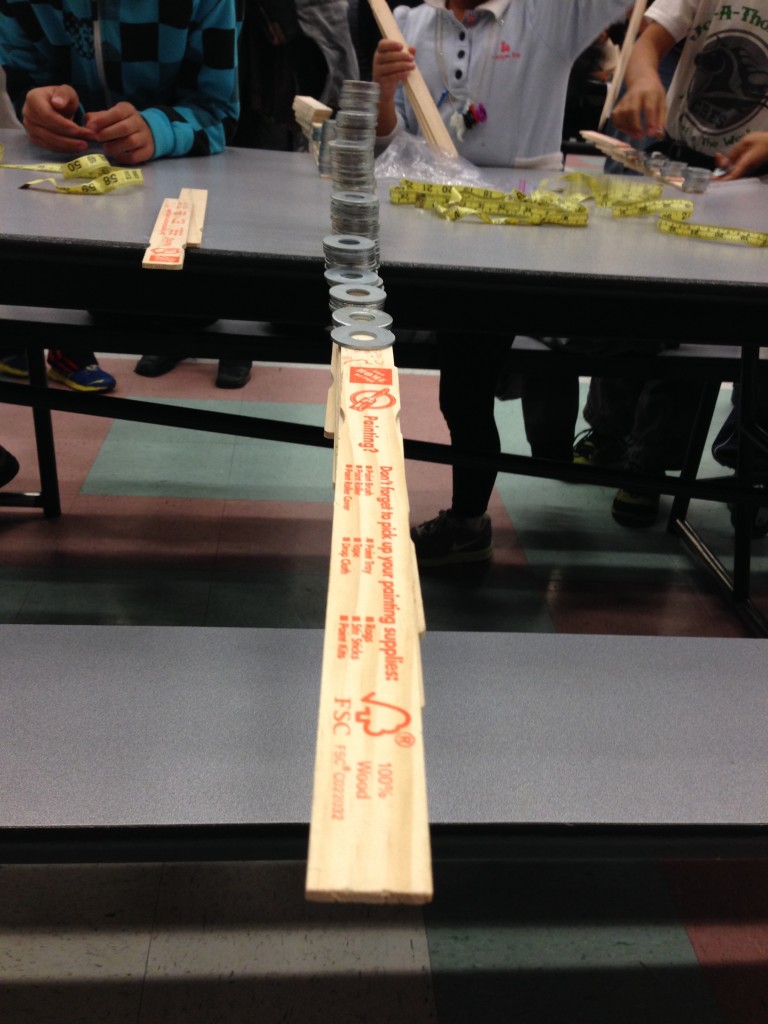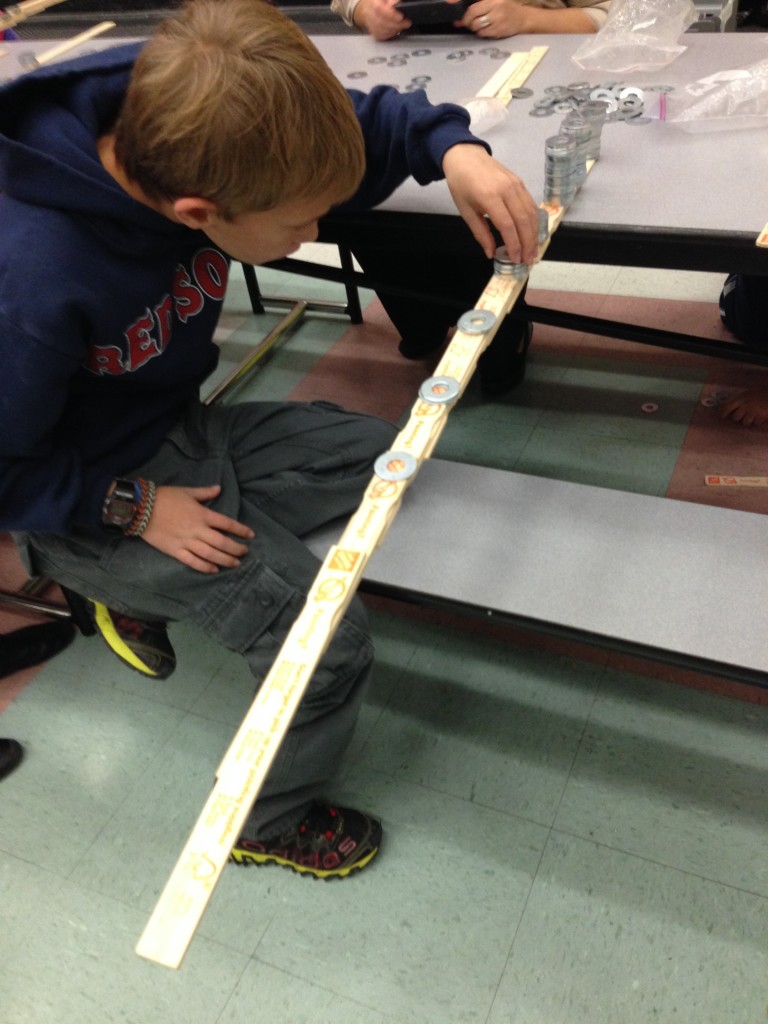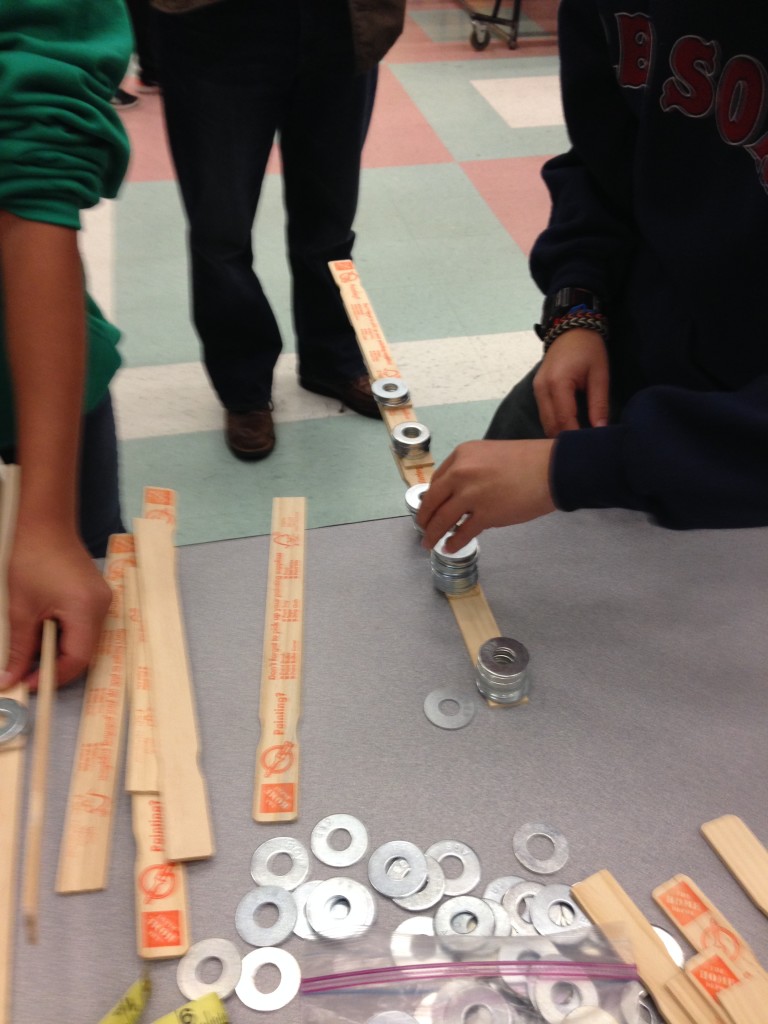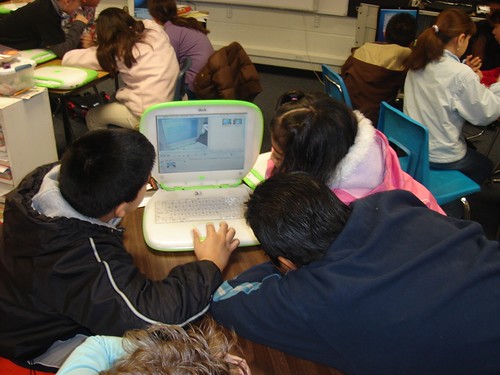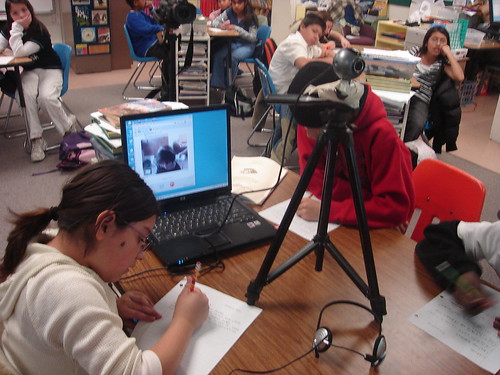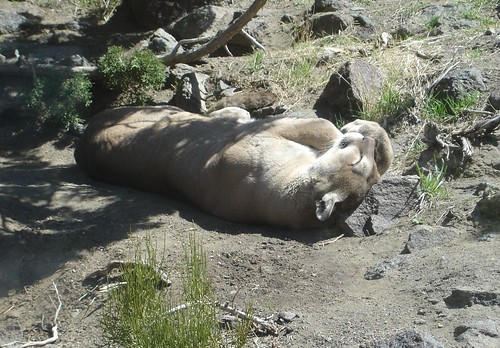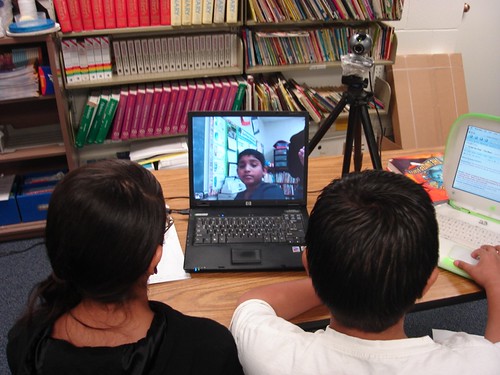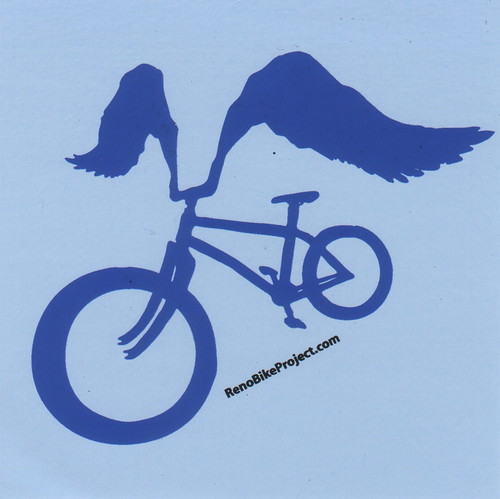I’ve been “Tweeting” out from time to time lately about our latest “High Hopes” balloon launch. This balloon launch is different from launches we’ve done in the past in that students are not directly involved … but this flight is really all about getting students to be involved.
Lake Tahoe From Near Space during a previous flight (blue object in upper corner is a party balloon attached to the payload)
We have big plans for a project next year that will involve students, but we need to try out a few new twists and some new technology and that is complicated. In addition, one of our ulterior motives is to try things that won’t necessarily work or go well … and so we’ll turn our ideas, results, and problems over to students for them to engineer and re-engineer. It’s all part of that engineering design process.
In fact, some of what we are attempting is so complicated we experienced a failed launch yesterday. Part of the failure was trying to figure out the procedures required to launch a balloon from and in the water. This involves having divers in the water and has not been tried before so we were working it out. Our failure mostly resulted however, from trying to launch when the wind was just too gusty and unpredictable. Here is the video of the second balloon that popped on the ground:
This video was actually shot by a camera that was laying on its side waiting to be dropped into the lake … I rotated the image so it is easier to watch. The balloon is blown right into the kayak paddle … and that was that. We are monitoring the wind and will make a new attempt to launch next week when all members of the team have time and it isn’t a windy day … AT ALL … so watch for the results … if things go as planned we should get back some great photos and videos.
A more important reason for this post however is that if school was still in session I would be sharing this story with students and teachers … and I plan to in the future. I would also share this video of a NASA balloon launch gone astray that almost killed people and caused millions of dollars in damage. I have shown this commercial of Michael Jordan explaining the power of failure as well. (How many examples can you think of right now to add here? I bet a bunch.)
Students have to understand that adults and even “experts” have things, “not go as planned,” and that how we process and handle that is vital. This is the crux of “messy learning.” That the process should not purposely involve careless, especially dangerous mistakes born of disregard, but that analyzing and learning from mistakes is how learning evolves. We should be teaching this through the experiences happening in and out of our classrooms.
That takes time … learning and doing that are important involve dealing with complexity and the complications that can only be realized by attempting complicated things. That kind of learning and doing can’t always be put on a tight schedule, nor should it. It also can’t always be planned or experienced the same across 2 or more classrooms on the same grade level when teachers are meeting in PLCs. Complexity and learning happen beyond what we can plan and we must embrace that more in our schools. To be fair I think most believe that, where we fall down is in not REALLY embracing it and allowing it to happen … even sometimes.
This messy learning is a big part of what STEM is about. Beyond the learning being messy, the planning, administration, scheduling and implementation are messy as well. And somehow it has to be OK that they are messy.
Sharing our failures and our thinking, planning and implementation after failure is one important aspect we don’t often give the respect it deserves in our schools.
Learning is messy!


